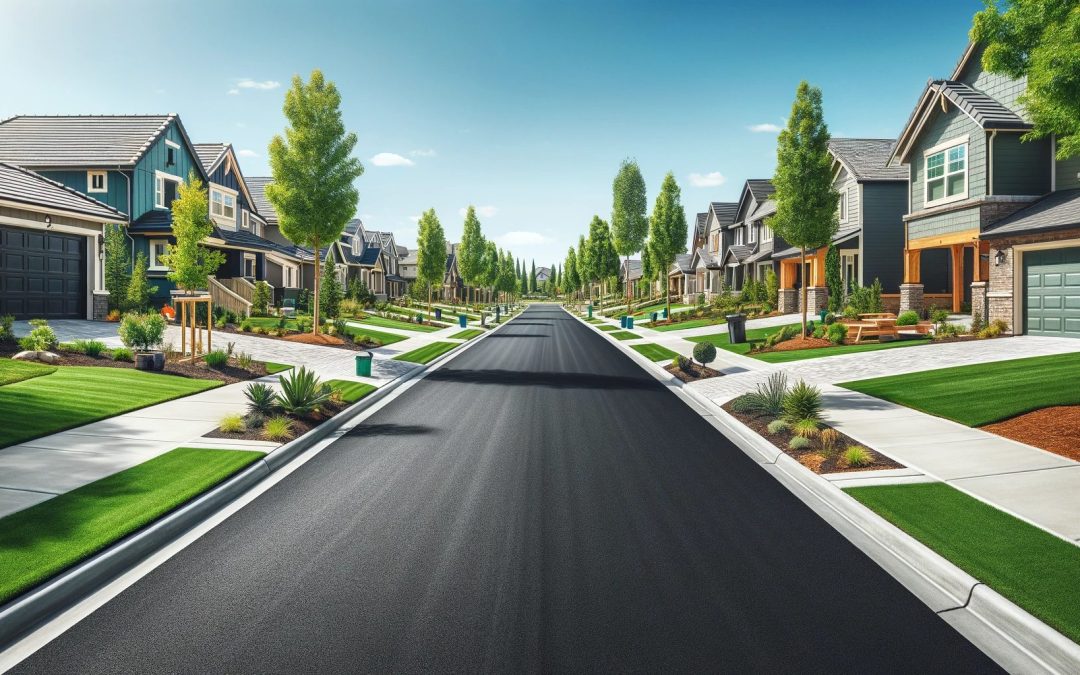Asphalt paving is a crucial aspect of urban development and maintenance, particularly in cities like Baton Rouge. The climate of a region significantly influences the longevity and performance of asphalt pavements. In this blog post, we will explore how the climate in Baton Rouge affects asphalt paving, and what measures can be taken to mitigate these effects.
Baton Rouge Climate and Its Challenges for Asphalt Paving
Baton Rouge experiences a humid subtropical climate, characterized by hot, humid summers and mild, wet winters. This climate poses unique challenges for Asphalt Paving Baton Rouge. The high temperatures in summer can cause asphalt to become more pliable, leading to issues such as rutting, where heavy vehicles create depressions in the pavement. In contrast, the relatively cooler and wetter winters can lead to moisture damage, as water seeps into cracks and expands, causing further deterioration.
The Effects of Heat on Asphalt Pavements
During Baton Rouge’s hot summers, asphalt pavements are subjected to extreme temperatures. This excessive heat can cause the asphalt to soften and become less durable. The softening of the asphalt makes it more susceptible to damage under heavy traffic, leading to rutting, potholes, and other forms of wear and tear. Additionally, UV radiation from prolonged sun exposure can oxidize the asphalt surface, leading to fading and a brittle surface.
Moisture: A Persistent Enemy of Asphalt
In Baton Rouge, frequent rainfall and high humidity levels contribute to the moisture-related challenges for asphalt pavements. Water can infiltrate the asphalt through cracks and pores, weakening the base and sub-base layers. This infiltration leads to various problems, including pothole formation, base erosion, and, in severe cases, complete pavement failure. The freeze-thaw cycle is not a significant issue in Baton Rouge due to its mild winters, but standing water and continuous moisture exposure still pose substantial risks.
Solutions and Best Practices for Durable Asphalt Paving
To combat the effects of Baton Rouge’s climate on Asphalt Paving Baton Rouge, several solutions and best practices are employed. These include:
- Use of High-Quality Materials: Utilizing high-quality asphalt mixtures that are designed to withstand the specific climate conditions of Baton Rouge is essential. These mixtures often include additives that make the asphalt more resistant to heat and moisture damage.
- Regular Maintenance: Regular maintenance, including crack filling, seal coating, and resurfacing, can significantly extend the lifespan of asphalt pavements. This proactive approach helps to prevent moisture infiltration and UV damage.
- Proper Drainage Systems: Implementing effective drainage systems is crucial to prevent water accumulation on the asphalt surface. Adequate drainage ensures that water is quickly removed from the pavement, reducing the risk of moisture-related damage.
- Innovative Paving Techniques: Adopting innovative paving techniques, such as permeable pavements, can help manage water runoff and reduce the impact of heavy rainfall on asphalt surfaces.
Conclusion
The climate in Baton Rouge poses distinct challenges for asphalt paving, primarily due to high temperatures and frequent rainfall. These conditions necessitate careful consideration of materials, maintenance practices, and paving techniques to ensure the durability and longevity of asphalt pavements. By understanding the impact of climate and employing the right strategies, it is possible to maintain high-quality, long-lasting Asphalt Paving in Baton Rouge. With ongoing research and advancements in paving technologies, the future looks promising for developing more resilient asphalt pavements that can better withstand the rigors of Baton Rouge’s climate.
Get started today by requesting a free estimate from Chris Paving LLC.

